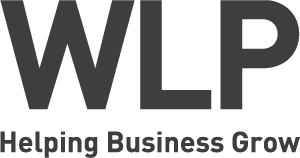Good health & safety is common sense. It is about identifying the significant hazards in the workplace, then assessing the risk and putting in place controls to reduce the chances of harm occurring to as low as reasonably practicable. It is about effectively communicating the hazards and risks to those who may be affected by them in a manner they can understand. They must know what they must do to manage the risk.
Good health and safety is effective communication. It’s about informing everyone who may be affected by a hazard what the risks are and what controls must be followed to keep them and others safe. Communications must be clear and unambiguous. Use photos, use diagrams, use flowcharts. You do not need to tell people absolutely everything. You need to tell them everything they need to know to do the job safely.
Good health and safety is focussing on the significant hazards. By including trivial hazards (making a cup of tea) in your occupational health and safety management system you dilute the effectiveness of communicating the significant risks and controls. Identify the significant risks and make sure they are fully considered. If activities involving significant risk take place off the premises makes sure that you observe them in the environment where they normally occur.
To help provide some focus when starting out with a new or updated occupational health and safety management system the five most significant serious injury or potentially fatal hazards in the workplace are given below:
- Machinery in the workplace
- Workplace transport
- Work at height
- Electricity in the workplace
- Fire
Read the follow-up to this post: Good Health & Safety is Common Sense Part.2
